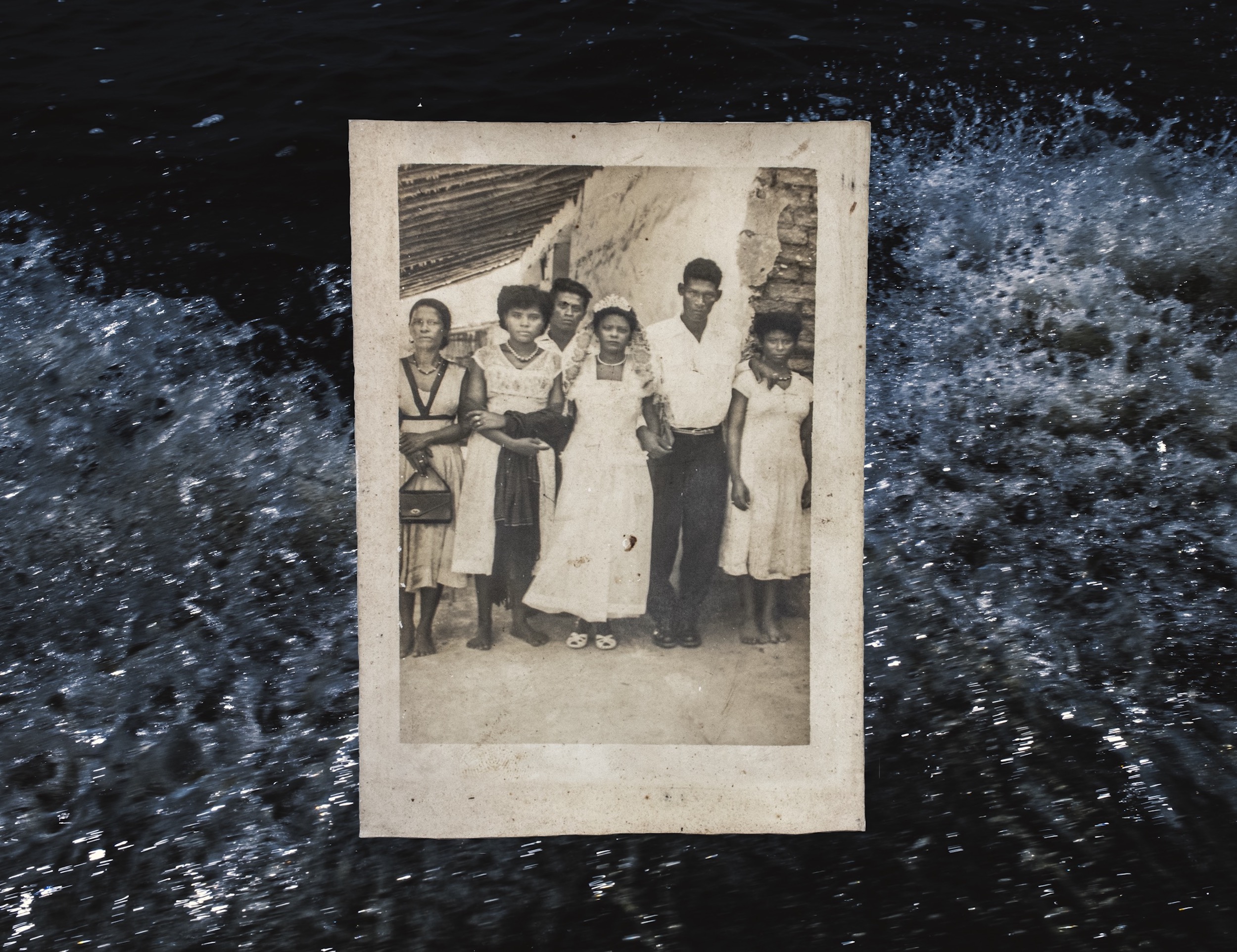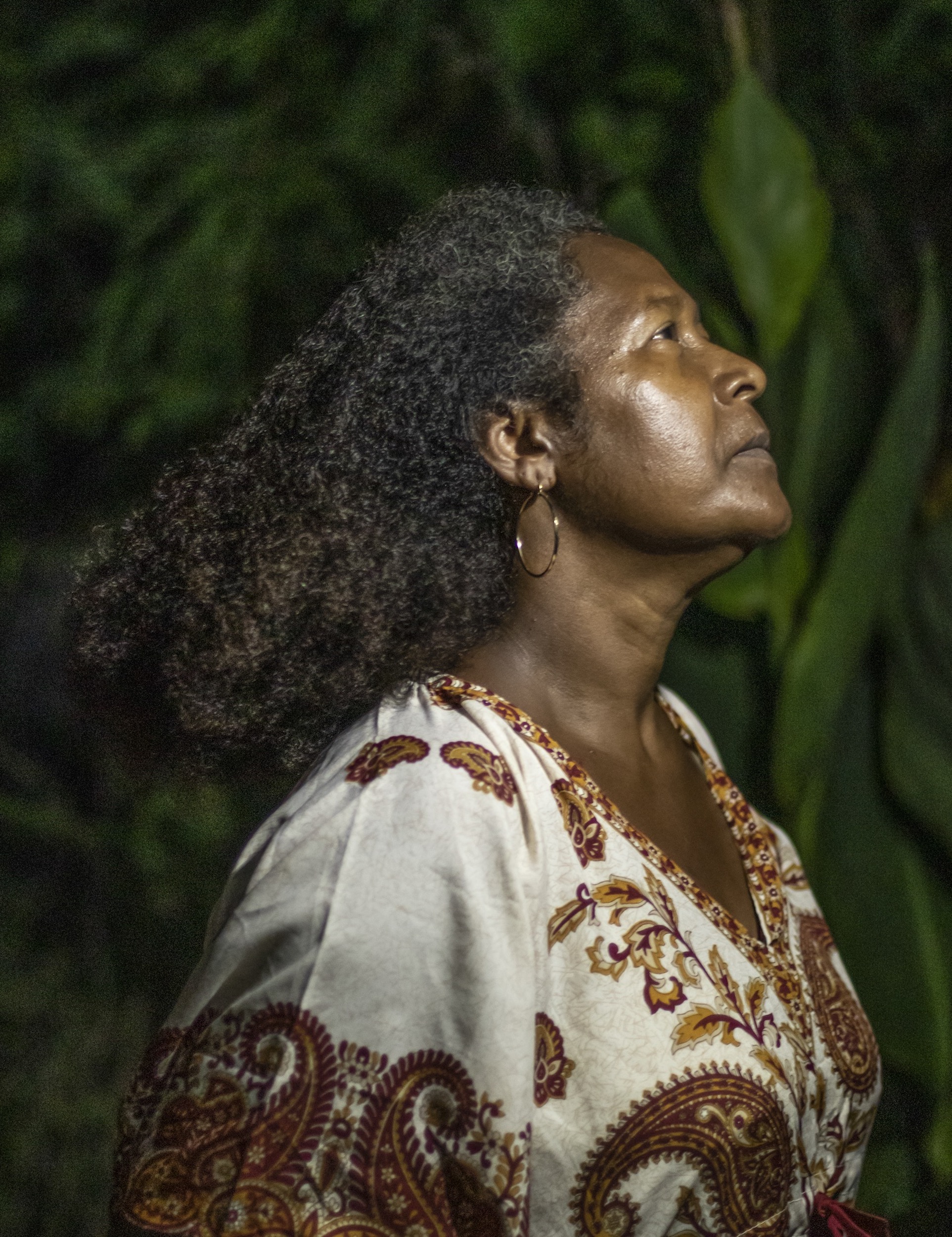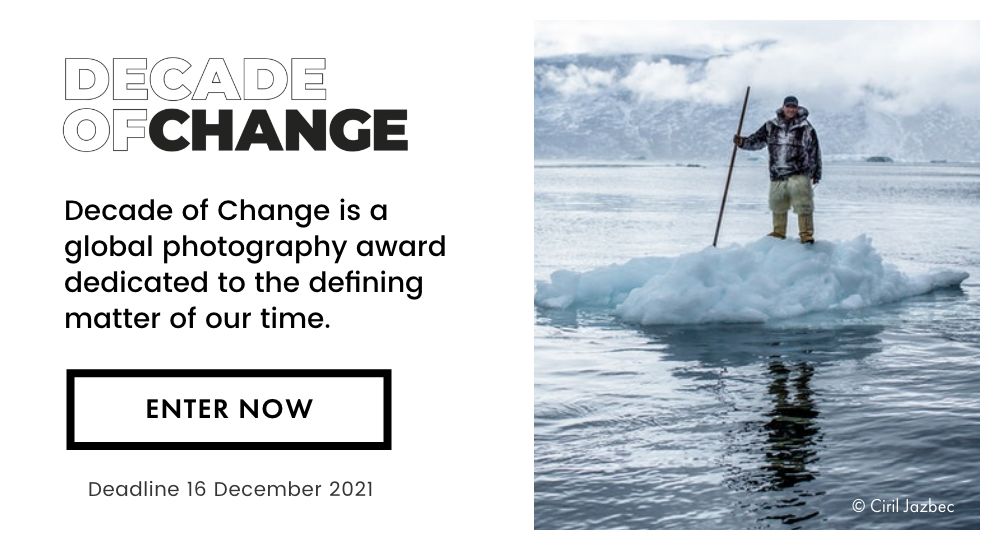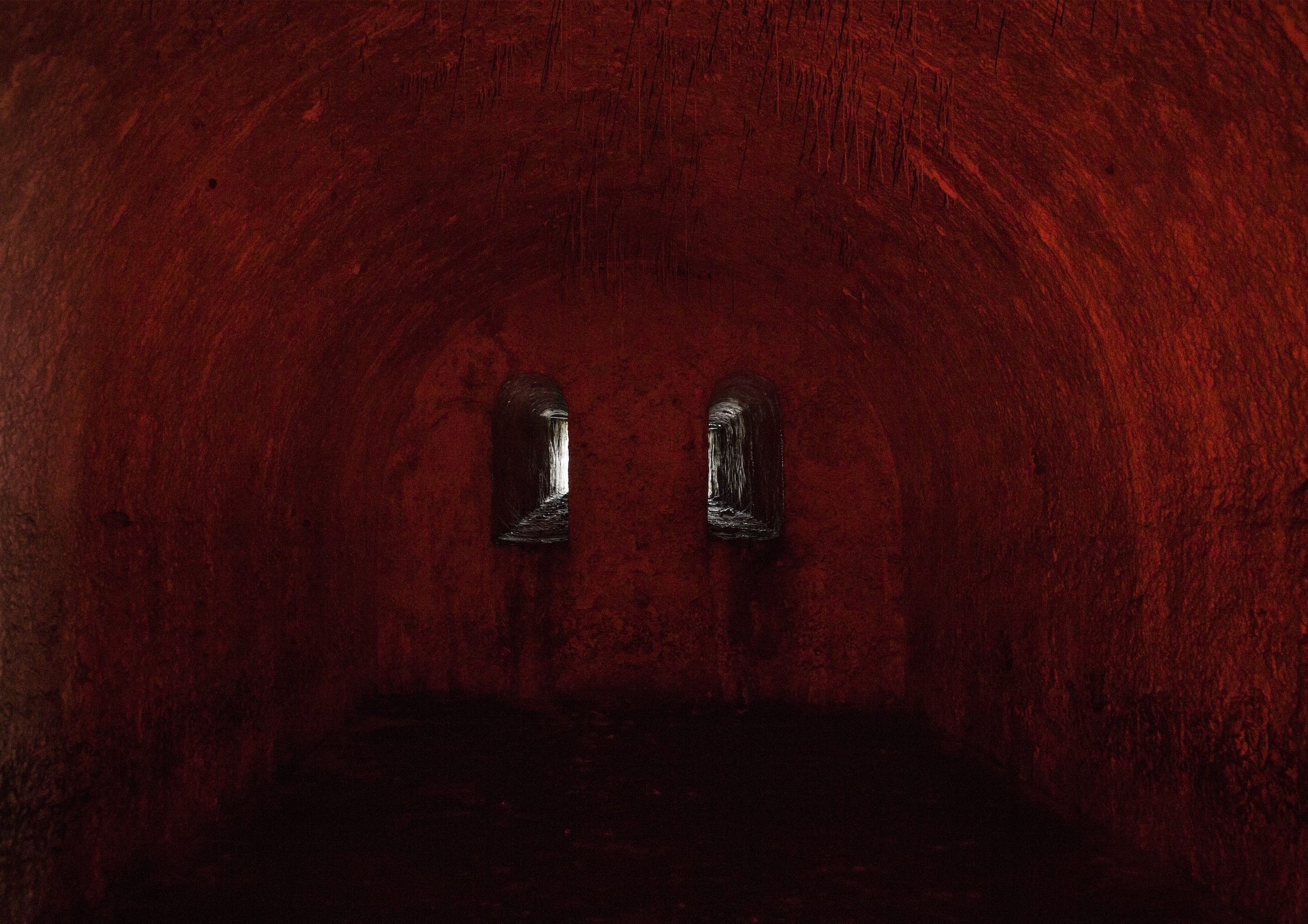This article is printed in the latest issue of British Journal of Photography magazine, Activism & Protest, delivered direct to you with an 1854 Subscription.
“I wanted to direct my photography towards questioning, towards an alternative narrative to the one imposed by the state in the face of terror”
Along the American continent’s Atlantic coast, populations have – due to colonialism – become a mix of Native Americans, Africans and Europeans. In Mexico, however, the myth prevails that Black people are non-existent. It is an idea deeply embedded in the national history, in a country formed by the encounter between the Spanish invaders and the Indigenous peoples. Combining journalism and autoethnography, Mexican artist Koral Carballo explores the Afro-Mexican identity, assembling a visual narrative that reclaims erased histories and creates new and impactful forms of presence and representation.
Started in 2017, the project, titled Siempre estuvimos aquí (We were always here), aims to dissect the African presence in Mexico and the legacy of the people of African origin who were kidnapped and forced to work by slavers. Through its focus on ordinary lives, and a touch of the supernatural, Carballo’s work challenges the general neglect of origin and the internalised racism that continues to cloak Afro-descendancy. “I wanted to direct my photography towards questioning, towards an alternative narrative to the one imposed by the state in the face of terror,” Carballo says. “I am part of the generation of artists who had to grow up in the midst of a state-invented war to control territorial and structural reforms.” The project connects past to present, ancestralism to contemporaneity, the familiar to the estranged. It also ties mystic traditions to the abominable history of enslavement, encouraging the (re)discovery of identities.
In the first of many chapters, Carballo reports on the carnival of Coyolillo – an Afro-Mexican community in the south-east of Mexico. Here, and throughout, the photographer plays with visibility and obscurity, presence and absence. Born from a celebration of freedom on the one day of rest the enslaved were granted per year, carnival-goers disguise their faces and wear antlers to give them the appearance of animals. Interspersed with colour, natural motifs and costume, the imagery is both revelatory and obfuscated. “The colours of my work arise from a dialogue with the atmosphere of my territory,” she reveals.
Because of the lack of acknowledgement, the contribution of Afro-Mexicans to the establishment of the country has been effectively erased. “I make oral accounts of the communities where I am working, and translate these into the visual. This approach is an important step for representation, which previously was only theorised by academia,” Carballo explains. By setting eerie, ominous photographs against historical images, the second chapter documents the locations where enslaved people were subjected to heinous crimes, as well as their places of rebellion. Visually reconstructing the landscape, Carballo calls this a reflection on space as a witness of time. It traces the pain and struggle hidden by official narratives, and offers a vigorous reclamation of Black history.
The project’s impact is the most poignant when Carballo uncovers family stories, including her own. “Through theory – feminisms have been important guides – but also through listening to my family, the idea of telling a story about what it means to be free has opened up paths to the intimate, the historical, and also the public.” Addressing the collection and preservation of family albums, and discovering her own genealogy, Carballo provides the young with tools to question traditional canons and tell their story. Tales that no longer deny the roots of the people, but proudly affirm their origin – a possible Afro-Indigenous mestizo.
The post Koral Carballo reimagines Black Mexican representation appeared first on 1854 Photography.





